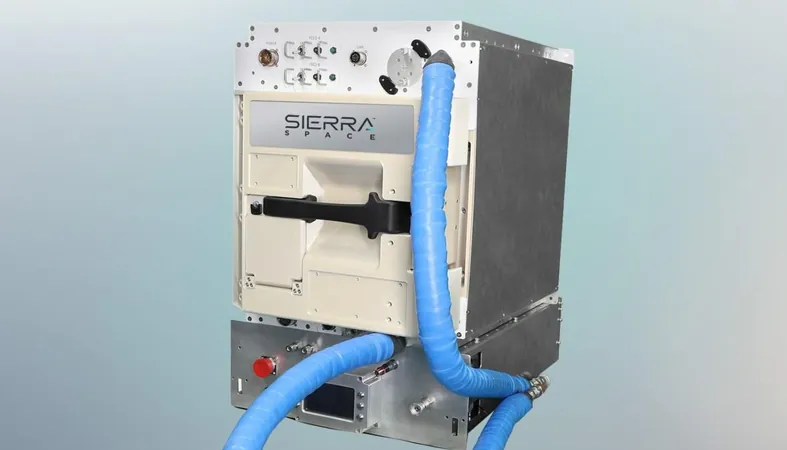
Game-Changer: A Revolutionary Trash Compactor Headed to the International Space Station!
2024-11-11
Author: Jacques
Introduction
Astronauts aboard the International Space Station (ISS) generate a significant amount of garbage, complicating waste management and increasing logistical challenges.
Traditionally, this waste is sent back to Earth in cargo ships, which then burn up upon reentry along with all the onboard trash. However, this system is about to get a much-needed upgrade!
The Trash Compaction and Processing System (TCPS)
Sierra Space has secured a groundbreaking contract to develop a state-of-the-art trash compactor specifically designed for the ISS.
Dubbed the Trash Compaction and Processing System (TCPS), this innovative device boasts the ability to reduce garbage volume by an astonishing 75%! Much more than just compacting trash, the TCPS also extracts water and other gases from waste for reclamation purposes—essential for sustainability during long-duration space missions.
Testing and Importance for Future Missions
Scheduled for testing aboard the ISS in late 2026, the TCPS represents a significant advancement for future deep-space missions, including crewed expeditions to the Moon and Mars.
"Long-term space travel necessitates the efficient use of every ounce of material and every piece of equipment," said Sierra Space CEO Tom Vice.
"Waste management is not just a logistical issue; it’s a matter of survival and mission integrity in the unforgiving environment of space."
Current Waste Management Practices
Currently, trash on the ISS, including food packaging, clothing, and hygiene products, is separated into wet and dry bags.
These bags are temporarily stored before being loaded onto spent resupply vehicles like the Russian Progress spacecraft or Northrop Grumman’s Cygnus.
Once full, these vehicles undock and incinerate their contents during atmospheric re-entry.
However, as missions venture further from Earth, managing waste through jettisoning into space poses serious environmental concerns.
TCPS Features and Benefits
The TCPS is designed to address these urgent challenges head-on.
In addition to compaction and water recovery, new technology ensures that astronauts can safely recycle nearly all of the water trapped in wet waste—a feature crucial for long-term missions.
Unlike current methods, which have no capability for salvaging resources from "wet" trash, the TCPS provides a sustainable alternative.
Catalytic Oxidizer and Radiation Protection
This innovative system is also equipped with a Catalytic Oxidizer (CatOx) that efficiently processes volatile organic compounds and other gaseous byproducts, ensuring a safe and sterile living environment inside space habitats.
Moreover, by compressing trash into solid, manageable tiles, the TCPS not only simplifies storage but also offers an unexpected bonus: enhanced radiation protection for astronauts working in deep space.
Project Timeline and Future Prospects
Having initially received a contract in 2023, Sierra Space successfully completed the design phase by early 2024 and is now moving forward with fabricating, integrating, and testing the TCPS Ground Unit.
Based on the success of ongoing evaluations, Sierra Space has been awarded an additional contract for a Flight Unit, set to be launched for real-world testing aboard the ISS.
Conclusion
In this era of rapid advancements in space technology, the TCPS represents a vital step toward ensuring that no ounce of material is wasted in the quest for space exploration.
As we prepare to conquer new frontiers, the need for innovative waste management solutions has never been more pressing.
Keep your eyes on the stars, because this revolutionary trash compactor may very well pave the way for humanity's long-term presence in space!
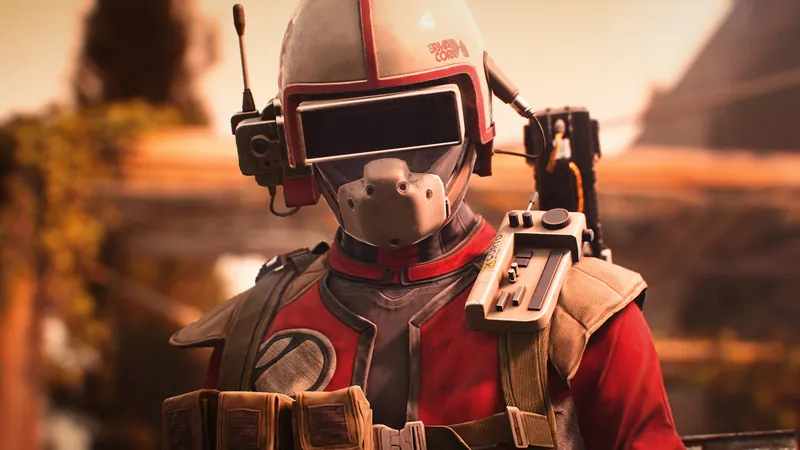


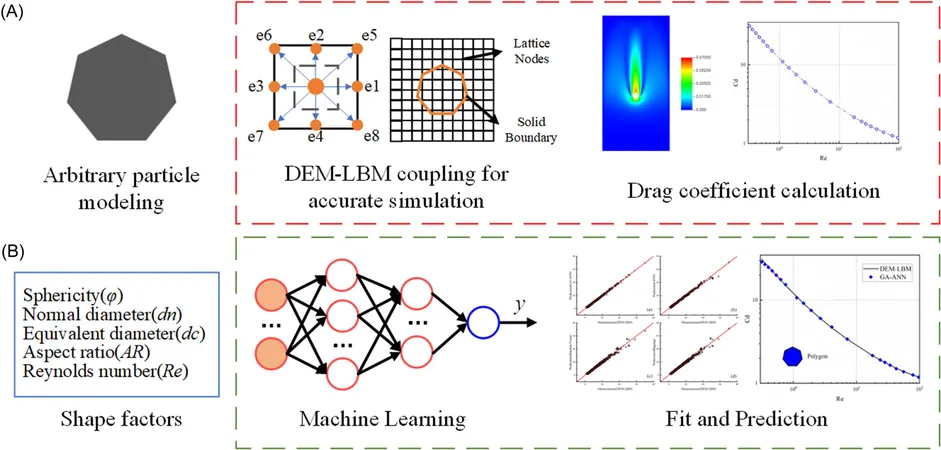


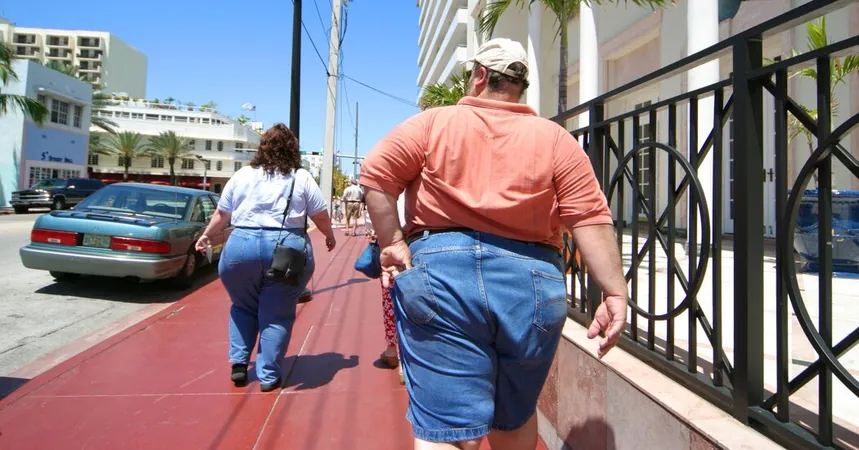
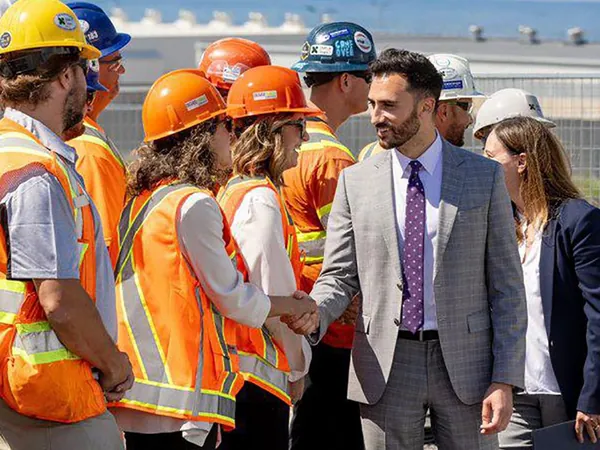
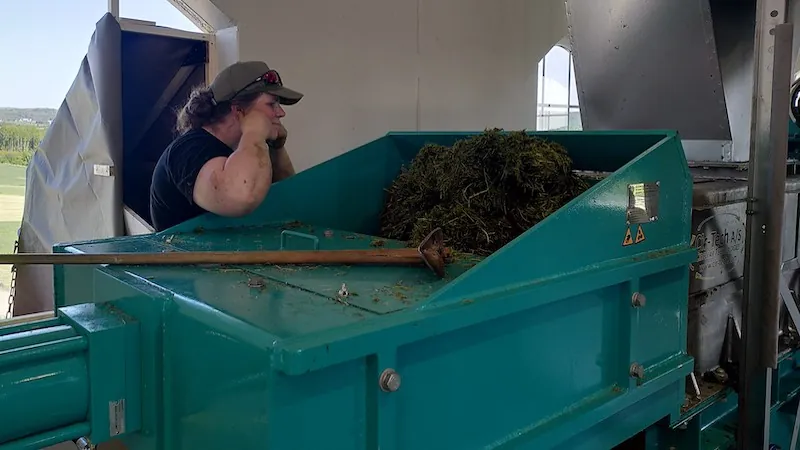
 Brasil (PT)
Brasil (PT)
 Canada (EN)
Canada (EN)
 Chile (ES)
Chile (ES)
 España (ES)
España (ES)
 France (FR)
France (FR)
 Hong Kong (EN)
Hong Kong (EN)
 Italia (IT)
Italia (IT)
 日本 (JA)
日本 (JA)
 Magyarország (HU)
Magyarország (HU)
 Norge (NO)
Norge (NO)
 Polska (PL)
Polska (PL)
 Schweiz (DE)
Schweiz (DE)
 Singapore (EN)
Singapore (EN)
 Sverige (SV)
Sverige (SV)
 Suomi (FI)
Suomi (FI)
 Türkiye (TR)
Türkiye (TR)